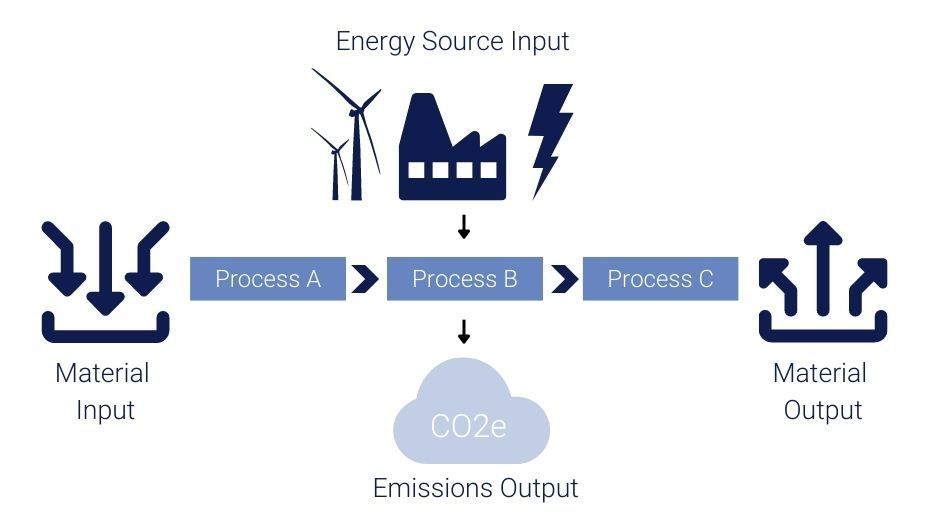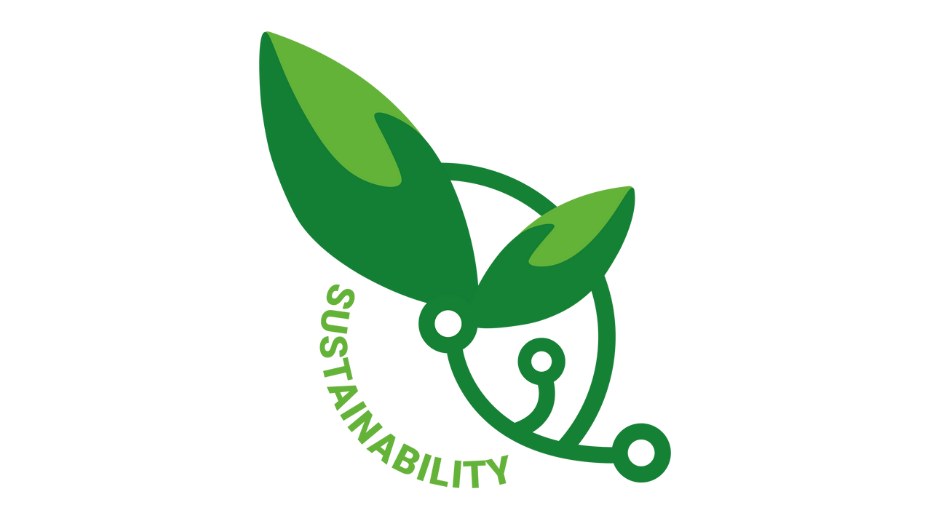The fact that climate protection and environmental awareness affect not only society but also business should not be regarded as something new. Most companies set out their sustainability goals among other things in CSR reports. Also, at NTT DATA Business Solutions, these values have long been firmly anchored: Ecological and social behavior are not just a trend, but an absolute prerequisite.
Successful Sustainability Management Along the Entire Value Chain

How to Achieve Successful Sustainability Management?
Our blog articles on the topic of sustainability focus on the ecological and social responsibility of companies. In doing so, we show which advantages adjustments in IT have on sustainable processes along the entire value chain and how innovation potentials can be identified and used simultaneously. In this way, NTT DATA Business Solutions not only emphasizes the need for entrepreneurial action, but also shows concrete insights into existing solution approaches from practice.
NTT DATA Business Solutions has set itself the task of enabling customers with its IT expertise to transform towards long-term sustainable entrepreneurship. Driven by economic, ecological and social aspects, NTT DATA Business Solutions advises its clients in a practical and solution-oriented manner:
- How can statutory amendments be implemented in my company?
- How can I track, reduce and compensate my CO2e footprint in a verifiable manner?
- Can sustainability offer economic opportunities for my company?
- How can software solutions support efficient implementation?
- How can sustainability be made measurable?

The Entire Value Chain Must Be in Focus
This multitude of questions requires a systematic approach and make clear that the topic of sustainability concerns companies in their entirety and across all divisions and departments. The activities of suppliers, intermediaries, contractors, partners, logistics providers or raw material suppliers also contribute to a company’s carbon footprint.
To establish a holistic and targeted emissions management, we look at the entire value chain together with its clients and customers. After all, CO2e* is produced for example at many different points in a production process. These processes need to be transparently tracked, reported and ultimately improved in line with requirements or, as a last option, offset.
*CO2e stands for all equivalents that, like carbon dioxide, count as greenhouse gases. This makes it possible to get a more comprehensive picture of the climate-damaging potentials, also in their relation to each other.
Step 1: Transparent Tracking of CO2e Emissions
Many companies are faced with the additional challenge of determining and presenting carbon management metrics in a holistic and transparent manner. If this is the case, it is often still done manually with pen and paper. However, automated and data-supported carbon management is significantly faster, simpler, more efficient and less prone to errors. Digital data acquisition takes place in real time and with the utmost precision – this means that manual record-keeping is no longer necessary. Not only is the observable data more accurate, it also offers trustworthy transparency.
However, how are the CO2e emissions of different players in the value chain brought together?
NTT DATA Business Solutions has the 360° overview. As a comprehensive IT system integrator, NTT DATA Business Solutions not only knows the individual producer, but also the other participants in the value chain. Therefore, industry and integration competence are combined, because the large-scale use of SAP systems allows a large part of the relevant data to be bundled in an uncomplicated manner. This ensures short communication channels, optimised information flow and access to the relevant interfaces. Based on this, it is possible to generate a meaningful report at the push of a button that completely and transparently displays the actual energy consumption.
Step 2: Avoidance or Prevention of CO2e Emissions
What happens next once CO2e emissions have been tracked and mapped? Optimally, the emissions can be sensibly avoided or prevented by taking the right measures. Here, a view of all business areas is required: By means of tracking, it can be seen, for example, in which stages of the production process there is a need for corrections, where energy consumption is too high and in which areas efficiency improvements must be aimed for.
These insights can be taken into account in the product development process in the future by considering CO2e-friendly options as early as the development stage.
In order to simplify these processes beyond the analysis, NTT DATA Business Solutions has set itself the goal of developing a decision monitor that enables the concrete derivation of measures according to the prevailing conditions:
- Where are „hot spots” of greenhouse gas emitters?
- Can production lines be operated with lower emissions?
- How can current and future products be manufactured with lower emissions?
- Which alternative suppliers are suitable for consideration?
All of these questions are addressed systematically. In many cases, this also means hard cash, because energy costs are operating costs and a burden on potential funding pools. Driven by sustainability goals, broader corporate development is also triggered, because one core idea of sustainable development is the idea of a circular economy instead of a linear economy. This in turn inspires new processes, solutions and business models.
Last but not least, a responsible use of resources also has a positive impact on the reputation of companies and demonstrates their ecological and social commitment, which in turn attracts people and thus also potential job applicants.
Step 3: Offset CO2e Emissions
Emissions that in general are unavoidable are compensated for through offsetting measures. This usually involves the purchase of corresponding certificates that offset climate-impacting emissions elsewhere.

Sustainability as a Driver for Innovation
The long-term, innovation-promoting potential of improving the carbon footprint has already been clearly demonstrated in the past. More and more frequently, innovative products and services are being developed with the intention of becoming more sustainable. Whether optimising resource efficiency or balancing economic and ecological aspects – sustainable economics holds massive potential for companies.
At NTT DATA Business Solutions, sustainability is one of our most important long-term corporate goals. To create new paradigms and values that can contribute to a more prosperous and harmonious society, we support the United Nations’ (UN) 17 Sustainable Development Goals (SDGs) for achieving lasting sustainable development. We do this by targeting global societal issues through our own business activities. In addition, we focus on environmental, social and governance (ESG) aspects to further drive sustainable growth for our customers and clients and for ourselves.